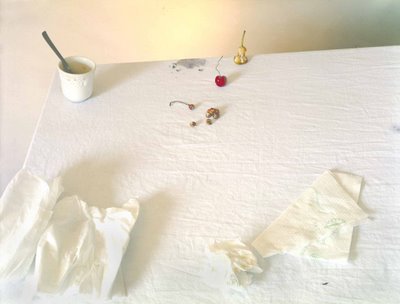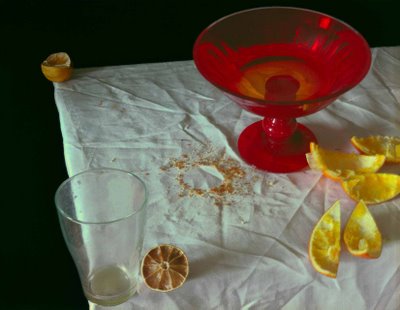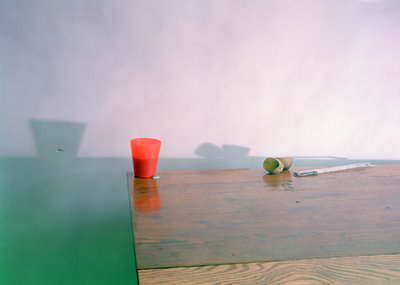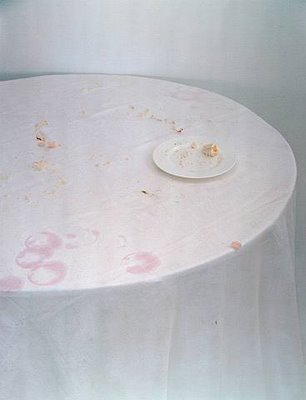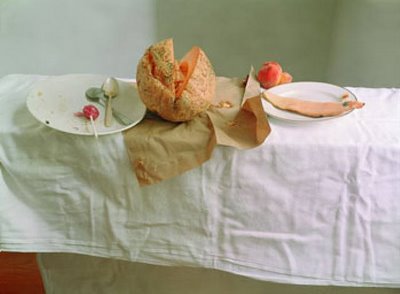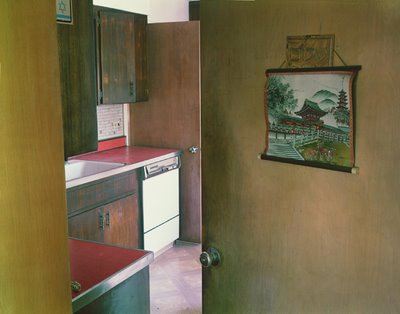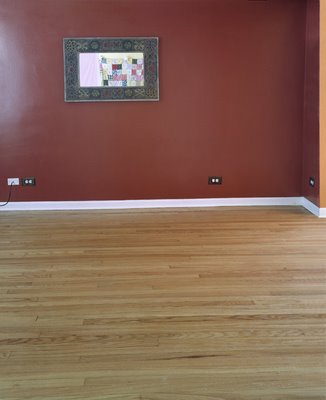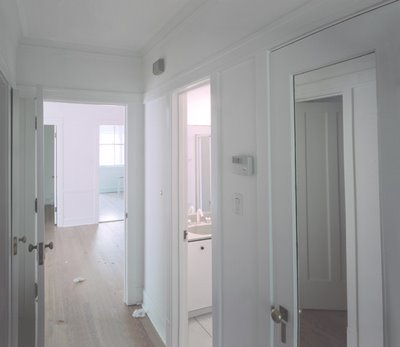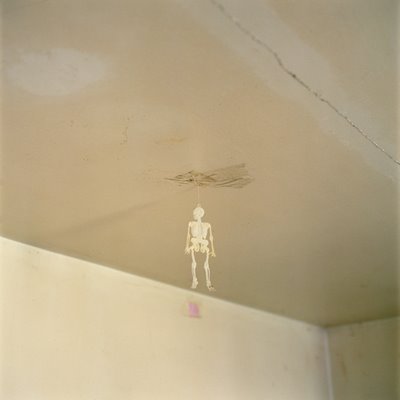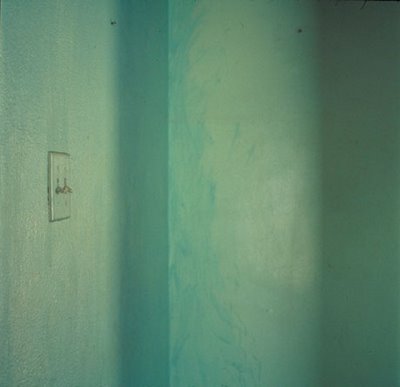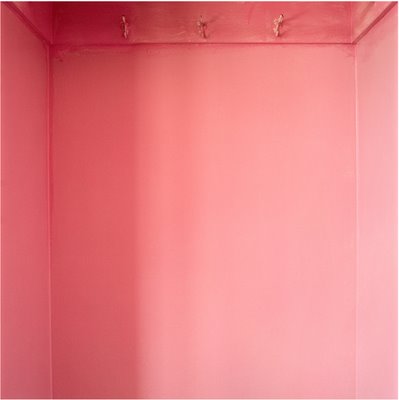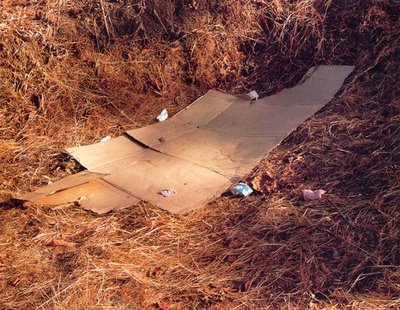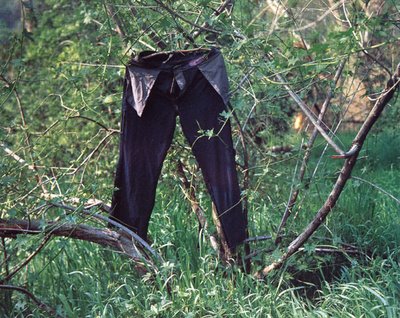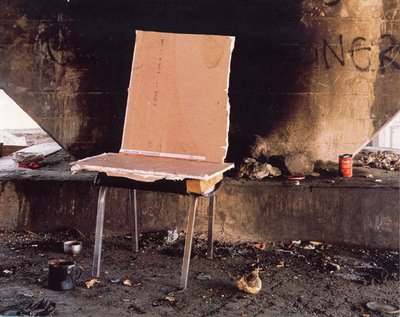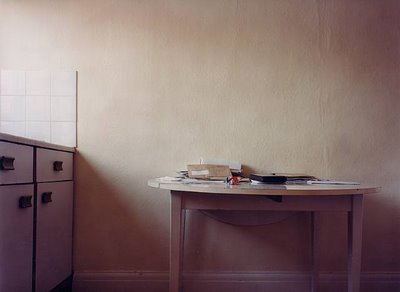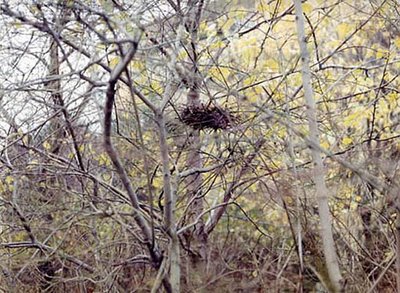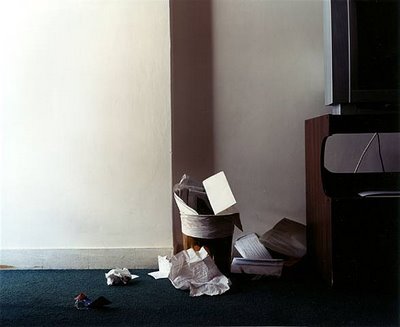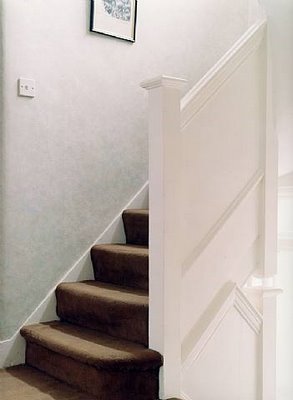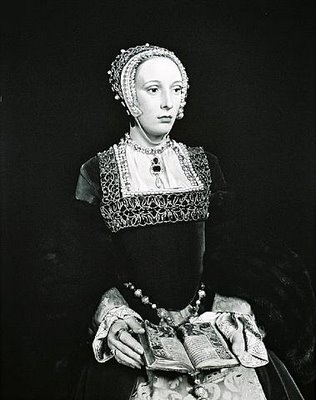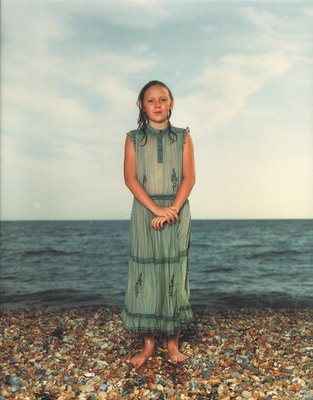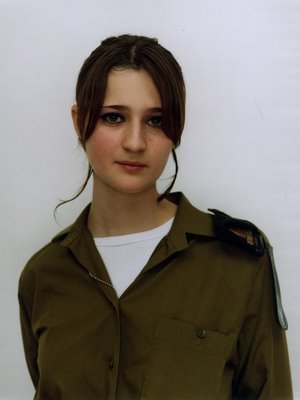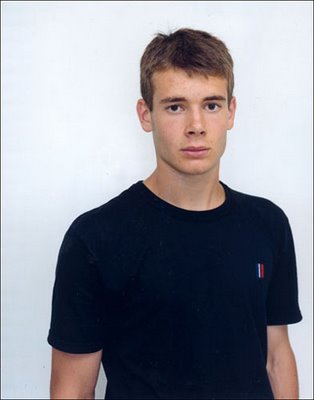"A useful starting point for how we consider intimate photography is structured is to think about how it borrows and redirects the language of domestic photography and family snap(shot)s for public display... Many of the photographs illustrated in this chapter have some off-kilter framing, blur, uneven flashlight, the coloration of the machine-printed snap- all are used. But in intimate photography, these technical shortcomings of domestic, non- art photographs are employed as the language through which provate experience is communicated to the viewer. The use of seemingly unskilled photography is an intentional device that signals the intimacy of the realtionship between the photographer and his or her subject."
Tina Barney (1945) was born to a wealthy American upper-class family. Her personal family relations are recorded in large images. Thus we become spectators to the lives of Barney's family and friends. However, colourful images transcend social issues as they contain a more psychological depth, an implicit story. "The insignificance of humanity and of life frightens me. And the sense of doubt, the question of the purpose of our existence, compels me to continuously seek the essence; the depth and value of life. I wish to know what other people feel, else life is too lonely."
Initially, the photgraphs seem to be snapshots, but in fact the situations are staged. Barney attaches great importance to time, consequently figure and place are remeniscent of nineteenth- century painting. However, some credit can be granted to coincidence in the images; at one point in time the action arose spontaneously. Furthermore, it seems as if some of the persons portrayed suddenly turn round or get up from their chair unexpectedly. Due to this coincidence the images look more real, even as if they were moments in real life. The images portray relationships within a family, nevertheless, at the same time the theatrical roleplay causes them to have a tense aspect.
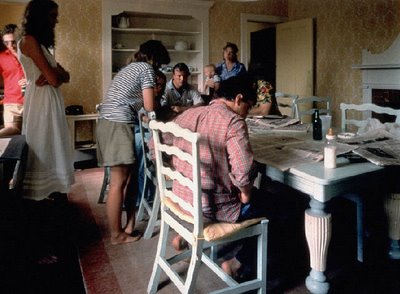
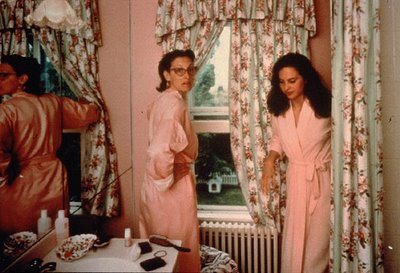

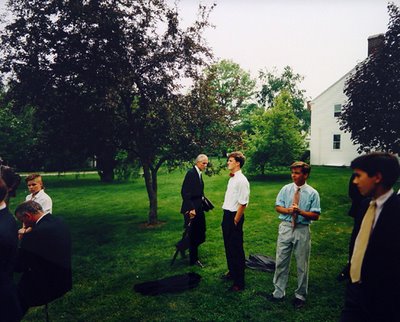
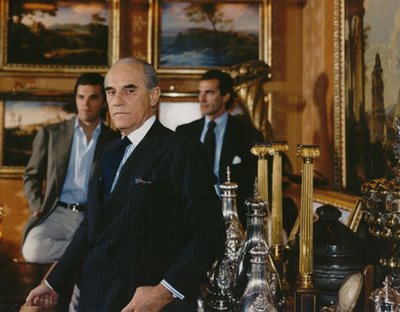
When people say that there is a distance, a stiffness in my photographs, that the people look like they do not connect, my answer is, that this is the best that we can do. This inability to show physical affection is in our heritage.
— Tina Barney
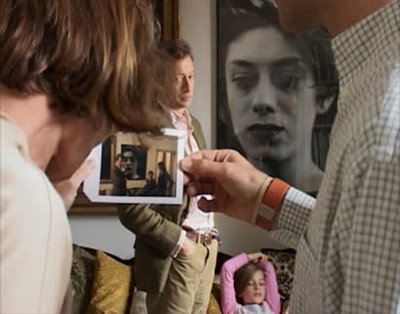
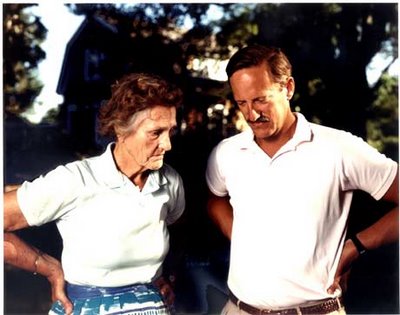


Questions-
- How do you think Tina Barney's photographs match Cotton's idea of "seemingly unskilled photography?"
- How can you explain the way Barney's images seem to be both spontaneous and explicitly staged?
- Does the apparent wealth of the people depicted in Barney's photographs have an impact on how you read them?
